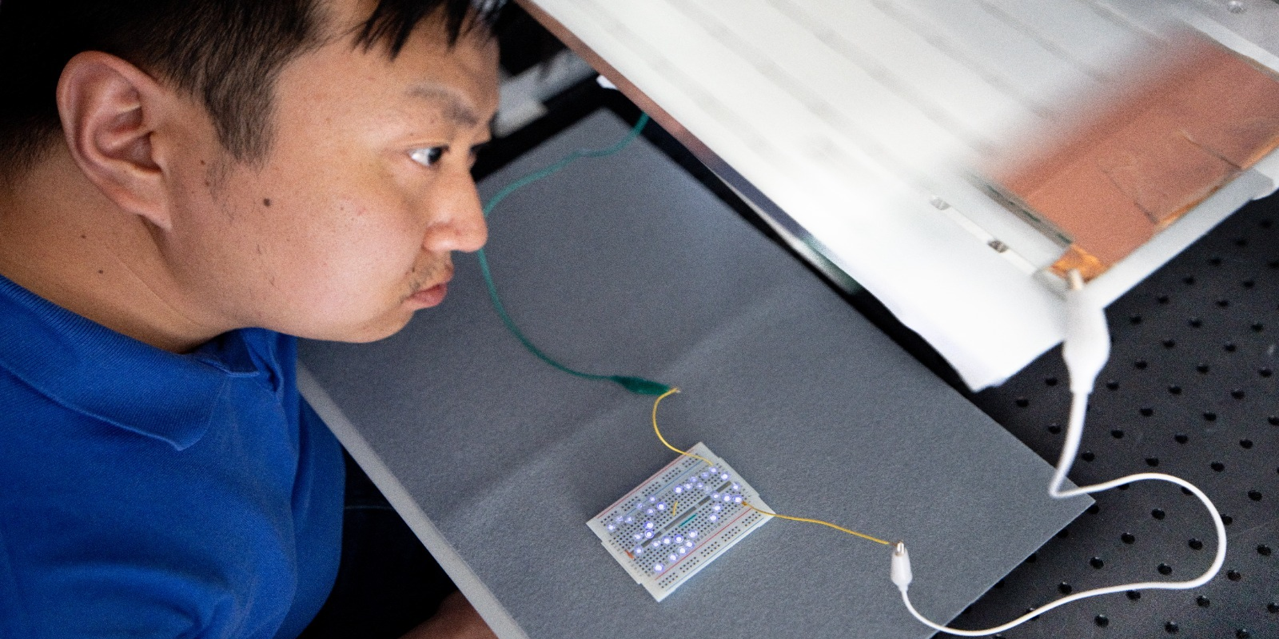Bioinspired and wearable robotics
A soft, fast and versatile electrohydraulic gripper with capacitive object size detection
A versatile jellyfish-like robotic platform for effective underwater propulsion and manipulation
Electrohydraulic musculoskeletal robotic leg for agile, adaptive, yet energy-efficient locomotion
A multifunctional soft robotic shape display with high-speed actuation, sensing, and control
Cutaneous Electrohydraulic (CUTE) Wearable Devices for Pleasant Broad-Bandwidth Haptic Cues
Energy Capture

We are approaching an era of ubiquitous mobile intelligent systems, such as portable electronic devices, wearable or implanted biomedical devices, and autonomous robots – all these devices will depend on or benefit from energy capture systems that can harvest energy from ambient sources and convert it into electricity.
On a larger scale, due to climate change it is a global priority to economically and sustainably capture energy from currently unused, renewable sources. Not surprisingly, our perception of the sustainability of different methods of electrical energy generation typically places coal and wind power on opposite ends of the spectrum. At the same time, only few realize that almost every type of electricity generation today – from coal and nuclear, to renewables like hydro and wind – involves a traditional, electromagnetic generator in the final step converting mechanical to electrical energy. While electromagnetic generators excel under optimized conditions when a steady flow of fluid forces the generator to rotate rapidly, they are economically unviable for unused, extensive sources of renewable energy, such as ocean waves, where impedance mismatch necessitates complex power take-off systems, and where metallic components face rapid degradation in the harsh ocean environment.
Motivated by the evident need for effective and economical energy capture systems across different length scales, we aim to discover and to develop a deep understanding of fundamentally new principles to convert different forms of ambient energy, such as mechanical, thermal or chemical energy, into electrical energy that can power intelligent autonomous systems or enable sustainable and economical solutions for renewable energy.